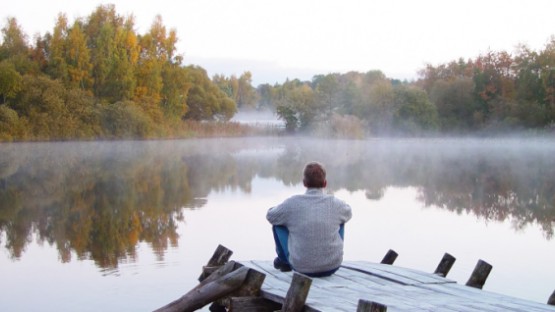How to Create a "Living Resume"

I know it sounds strange to think of your resume as a living being or better yet an actual product, but that is exactly how we need to begin to think about it. Resumes are not something to be refreshed only when we need a job, want to apply for a scholarship or need to spruce-up our LinkedIn page. A resume is a map, a blueprint and a tool that should outline your entire professional, educational and social career.
Can you remember what you were doing during your college years? The clubs you joined? The awards or honors you received? The projects that you developed? How about graduate school? What was your thesis about? Did you receive a scholarship? What initiatives did you help to change or start at your school? I know I can’t remember them all, but I am sure with my energetic spirit that I could have had many to share on my “living resume”.
By maintaining a living blueprint of your professional, educational and social activities and accomplishments, you arm yourself with an invaluable tool. So, now I am sure some people are about to say “Wait…wait… wait Harlem! I have been told the rule for my resume is one page per every ten years of experience.” My thoughts on that rule calls for an entirely different article. But yes, that rule does exist! However, I am not suggesting that you share your living resume with the world. A living resume is just for you! It is a tool that you can use to build many customized resumes, bios, blogs, career pages (ex. LinkedIn), applications and more.
Crafting a Blueprint for Your Future
However, most people have never taken the time to create one or they have made one once when they needed a job and then stopped feeding their resume with the nourishments of their growth, changes and notable moments. The good news is that I share with you the steps I took in creating my own living resume.
- Take some weeks and go through all your important documents from birth to present. You might need to call your mother, father, wife, husband and your storage company, but in the end it will all be worth it. Pull out all our activities, awards, projects, grades, recommendations, degrees, sports metals, pictures before digital cameras and even your yearbooks.
- Log into your computer and track down every resume you have ever made in your life (for any purpose). This will be critical as your ability to express yourself and focus at each moment you created or spruced-up your resume was different. Maybe you were more detailed on one? Less detailed on another? You had some help on the third one, but didn’t like it so you made a fourth one that was a compromise between your version and your friend’s? Maybe one was for school or the other one for a specific job? Either way, collect them all and print them. If you are like me, you will prefer to work with paper to organize such a big job.
- Go back to your computer and external hard drives and collect all your photos, educational and professional papers, applications (whether you were accepted or rejected it doesn’t matter, what matters is that you applied).
- Grab some coffee or tea and start to build your living resume in chronological order. Include everything, even the things you don’t think matter or were too small or brief. This step will take days, weeks or months, depending on the time you have to give to it.
- Reflect! I love this stage! Pick any of your old resumes and compare them to your living resume. Did you notice anything? Of course you will! Notice how you forgot to mention so many things that were also happening in your life at the moment or before that would have improved your customized resume, biography, blog, presentation or cover letter.
- Keep growing your resume with every move you make in your life. Don’t save it on just your mac or laptop, put it on a cloud, external hard drive or in a self-addressed email. This way you never risk losing it.
- Give yourself a pat on the back or round of applause, you did it and now you are ready and armed with a product that allows you to communicate fully who you are and what you have achieved in a matter of minutes.
It Pays Off to Start Early
As a final note for my readers with children, you can also, as parents, begin to build your child’s resume from as early as a few months (if you plan on getting your child into modeling or acting, for instance). I don’t have any children, but I built a living resume for my niece after I realized, I could not remember most of her accomplishments. She was only 9 at the time, but had already been accepted to Julliard (one of the top performance dance schools in the world, located in New York City), won several cheerleading and dance competitions, was modeling for a kids talent agency, and had received countless academic awards.
Her mother laughed, but now every few months I get an email asking me to send her my niece’s resume, so she can apply for a new activity or award. So, as your child’s biggest and first support system, it can make sense for you to take the step of making their own living resume early on!


























